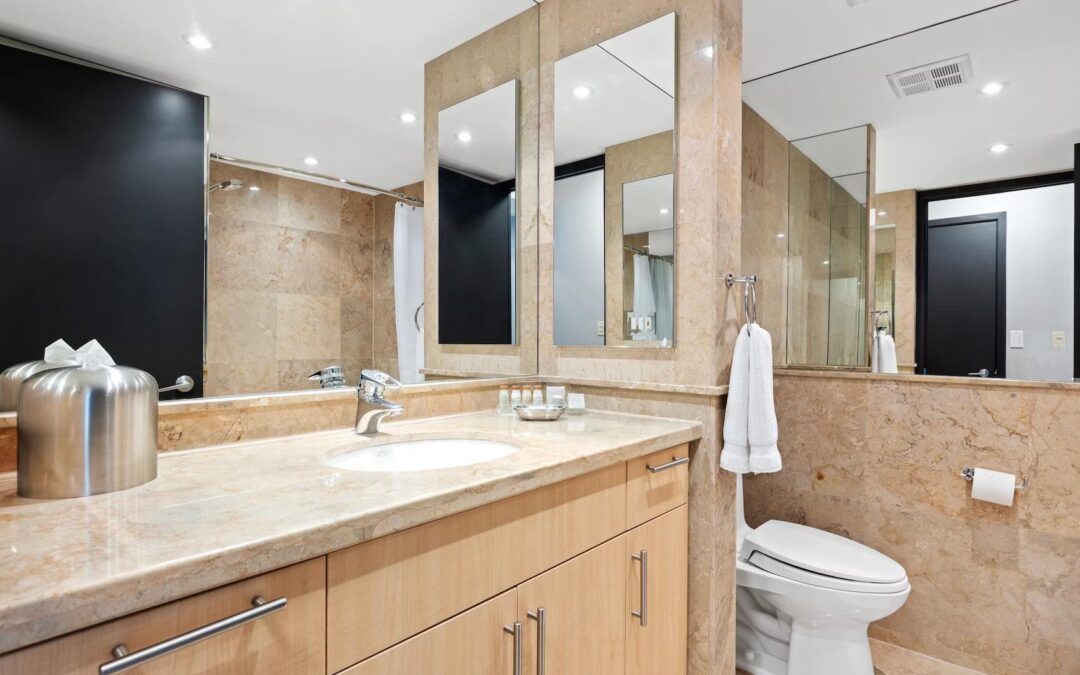A wobbling toilet is a potentially dangerous and frustrating issue for any household. It not only causes an annoying sensation of rocking, but can also lead if left untouched to leaks, damage flooring, and more serious plumbing problems.
In this blog post, we’ll provide you with a guide on how to fix an unsteady toilet. We’ll also offer new ideas and suggestions for a more stable and secure bathroom fixture.
Identifying the Cause
To fix the wobbling toilet, it is important to identify its underlying cause. While an uneven flooring is the most common culprit, there are other factors that can contribute to wobbling, such as loose screws, damaged flanges and deteriorated wax ring. Determine the root cause and inspect the toilet before attempting any repairs.
Shimming For Stability
Shimming can be an effective and simple solution to a wobbling floor. Start by turning off your water supply and flushing your toilet to empty its tank and bowl. Place shims under the base of the toilet to level it. These are small wedges and pieces of material. Avoid excessively compressing flooring material by using rubber or plastic shims. Add and adjust shims slowly until the toilet is stable on the flooring.
Tightening Loose Bolts
Loose nuts can also lead to a toilet that wobbles. Be sure to tighten the mounting screws that hold the toilet in place. Use pliers or an adjustable ratchet to tighten the screws. Be careful to not overtighten. If the bolts look rusted or damaged you might want to consider replacing them for a more secure fit.
Repairing Damaged Bolts
A damaged or cracked flange can cause the toilet to wobble. The flange, which is a circular fitting, connects the drain pipe of the toilet to its floor. If the flange cracks or breaks, it will make the toilet unstable. In such cases, consult a professional to repair or replacement the damaged flange. They have all the necessary tools and knowledge to ensure a secure and safe installation.
Upgrade to a More Sturdy Base
In some cases, the wobbling will persist despite your efforts to level the toilet and stabilize it. It might be worth upgrading the toilet base to one that is more sturdy if you find yourself in this situation. Search for models with a larger base or those designed to improve stability. These toilets may have reinforced bases, or additional support structures, which can minimize wobbling.
Regular Maintenance Inspection
Preventive maintenance and inspections will help you to catch any wobbling early and address it. Regularly check the stability of your toilet. Inspect the bolts and flange and look for signs or damage. Regularly tightening and cleaning the bolts will help keep your toilet stable and prevent future wobbling.
Conclusion
A wobbling or swaying toilet can be an inconvenience and also cause more serious plumbing issues. By identifying its cause, using shims to provide stability, tightening the loose bolts, fixing damaged flanges, and performing regular maintenance, it is possible to fix a toilet that wobbles.
Take the steps necessary to restore stability, and maintain a safe and functional bathroom environment.

